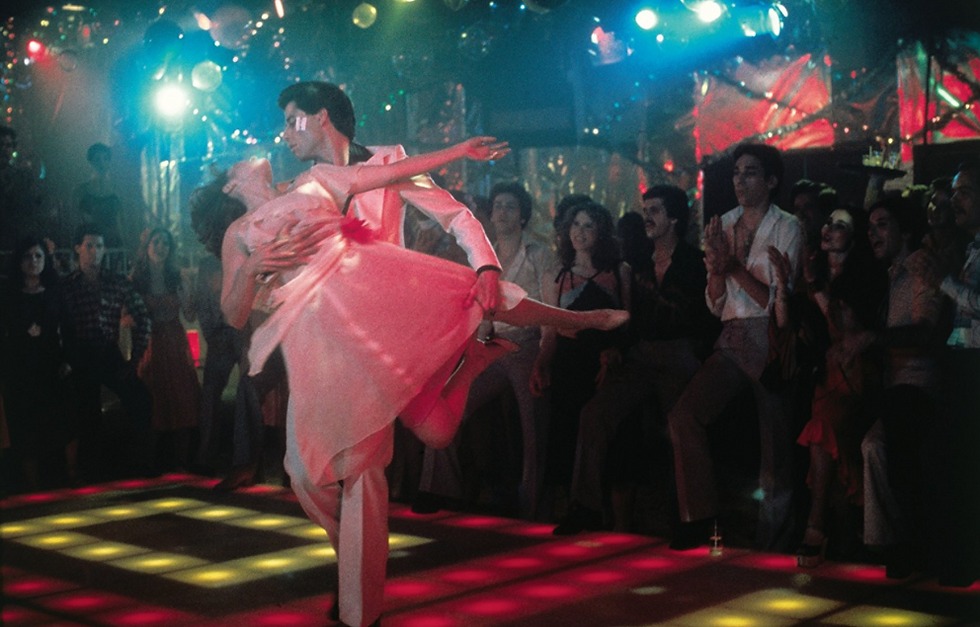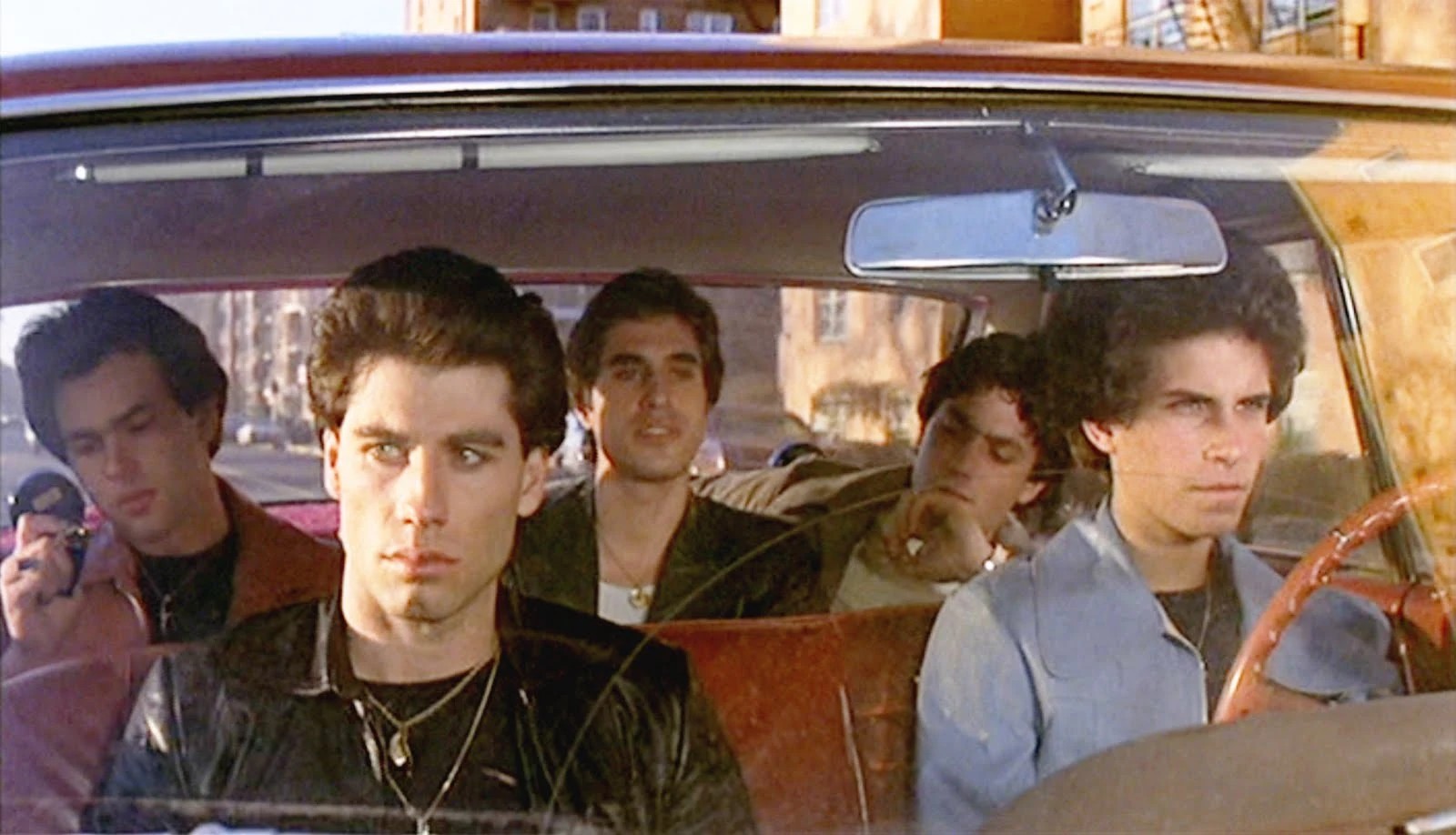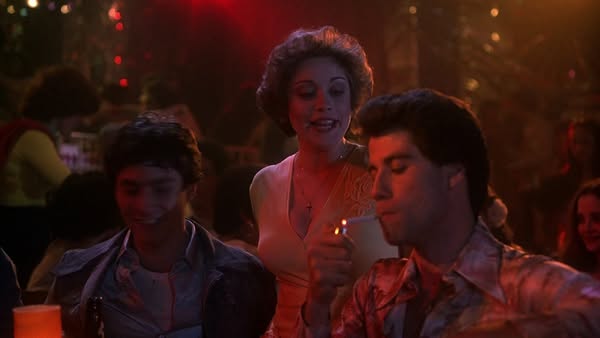Saturday Night Fever (1977)

Saturday Night Fever (1977) is an iconic American musical drama film directed by John Badham, with John Travolta starring as the main character, Tony Manero. Set in Brooklyn, New York, the film explores the life of Tony, a working-class young man who spends his weekends dancing at a local nightclub. The film became a cultural phenomenon, not only for its unforgettable dance sequences and disco music but also for its portrayal of the struggles and aspirations of young people in the 1970s. Saturday Night Fever reflects the era’s social dynamics, touching on themes of ambition, family, and personal identity.
The story follows Tony Manero, a 19-year-old man who works as a paint store clerk during the week and is the king of the dance floor at the local disco club, 2001 Odyssey, on the weekends. He dreams of escaping his life in Brooklyn and believes that becoming a professional dancer will be his ticket out. The film showcases Tony’s struggles with his family, his relationships, and his own self-worth. His relationship with Stephanie (Karen Lynn Gorney), a more ambitious woman he meets at the club, serves as a catalyst for his own growth and realization that there may be more to life than just dancing.
At its core, Saturday Night Fever explores themes of aspiration, escape, and self-discovery. Tony’s passion for dancing serves as both a form of self-expression and an escape from the harsh realities of his working-class life. The film delves into the emotional struggles that many young people face—feeling trapped by their circumstances, longing for something more, and seeking validation. Through Tony’s journey, the film portrays how the pursuit of personal dreams and the complexities of relationships can both uplift and hinder one’s progress. It also highlights the power of music and dance as a means of personal liberation.

Tony Manero, portrayed by John Travolta, is the heart of the film, and his character undergoes significant development throughout the story. At the beginning, Tony is portrayed as a confident but somewhat shallow young man who sees dancing as his way out of a mundane life. As the film progresses, his relationships with his family and with Stephanie force him to confront his personal shortcomings and face the realities of his future. The film also explores the lives of the supporting characters, including Tony’s friends, who each have their own dreams and frustrations. These secondary characters add depth to the story, reflecting the broader struggles of the working-class youth in the 1970s.

John Badham’s direction in Saturday Night Fever masterfully captures the energy and vibrancy of the disco era while also portraying the gritty realities of Tony’s life in Brooklyn. The cinematography, with its dynamic dance sequences and use of vivid lighting, helps to establish the nightclub as a symbol of both freedom and escapism for Tony. The dance scenes, accompanied by the film’s unforgettable soundtrack, are both electrifying and emotionally charged, serving as a reflection of the characters’ inner lives. The stark contrast between the dazzling world of the disco and the bleakness of Tony’s home life underscores the central themes of the film.

In conclusion, Saturday Night Fever is more than just a film about dance; it is a poignant exploration of youth, ambition, and identity. Through its memorable performances, especially by John Travolta, and its dynamic mix of music and drama, the film captures the essence of an era while still resonating with contemporary audiences. The film’s portrayal of Tony Manero’s personal growth and the struggles of his peers offers a timeless message about the pursuit of dreams, the complexities of relationships, and the search for self-worth. Saturday Night Fever remains a landmark film, influencing pop culture and dance movies for years to come.











